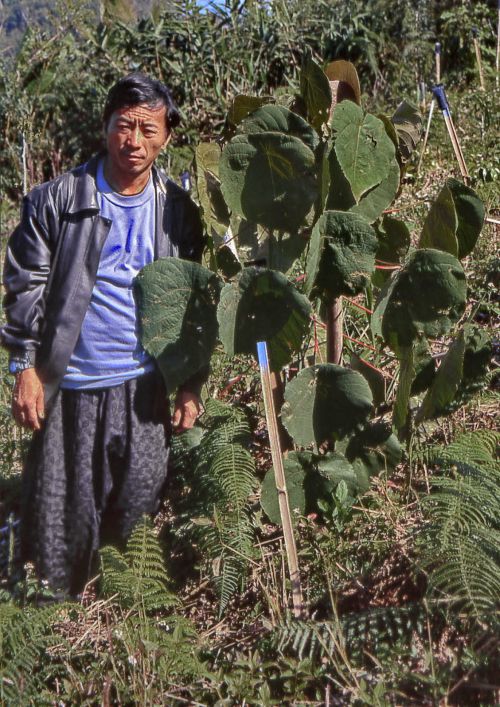Fallow to forest: Applying indigenous and scientific knowledge of swidden cultivation to tropical forest restoration

Rotational swidden cultivation systems, with fallow periods long enough for the regeneration of secondary forests are capable of maintaining forest cover and plant diversity in a dynamic balance in swidden cultivation landscapes. Regeneration of secondary forests through several successional stages and by a combination of coppicing and seedling development is still poorly understood, especially the influence of different swiddening practices and the role of animals as seed dispersers. Swidden cultivators possess a vast knowledge of plants growing in swidden fallows and of fallow dynamics as well. Forest restoration in Thailand has been carried out mainly on the basis of experimental research on the potential of indigenous tree species to promote natural forest regeneration and biodiversity recovery; the so-called framework species. Another viable source of knowledge for forest restoration can be the study of the semi-natural revegetation processes in fallows and the indigenous knowledge of swiddeners of these processes. The research presented here was carried out to attain a better understanding of forest regeneration on fallow swiddens under different swiddening regimes and how it may be applied to practical forest restoration, We investigated the vegetation characteristics of from various stages of secondary succession in fallow swiddens of the Karen and Lawa ethnic groups in the Mae Chaem watershed, Chiang Mai province, northern Thailand. Indigenous knowledge on the use of species and traditional ecological processes in swiddening was recorded by questioning key informants. The data were analyzed and discussed with respect to their application in forest restoration and participatory forest management.
Related Advice
Rapid site assessment
The concept and methodology to determine the level of degradation, which is related to activities should be implemented and the intensity of the work required for the target...
Socio-Economic Aspects of Restoration
Restoration won’t work without the support of all stakeholders and incentives, to sustain their commitment. Learn about the social side of restoration here.
Restoration Strategies
To plant or not to plant? Active vs passive restoration strategies? Find out what is appropriate for your restoration site here.




